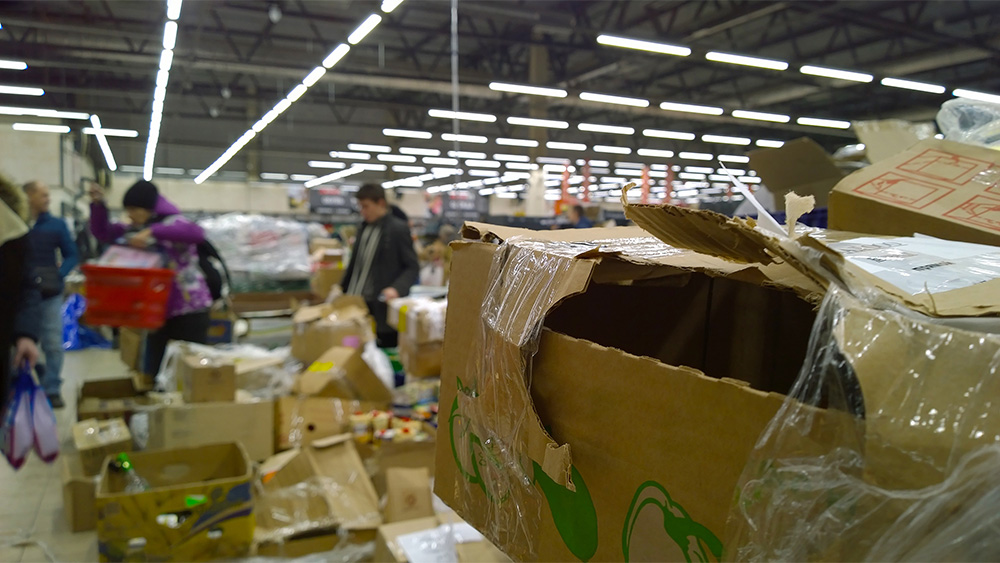For me, Taiichi Ohno and Shigeo Shingo are a bit like the Lennon and McCartney of waste elimination. Together they frame the technical and social sciences of what we call lean today.
|
ADVERTISEMENT |
Taiichi Ohno tells us there are seven wastes that account for 95 percent of the elapsed time between “paying and getting paid.” Most lean students use an acronym like TIMWOOD as a mnemonic to help them remember each of the seven. Many, however, are seven-waste parrots. They can repeat the wastes, but don’t have a deep understanding of their significance. In case you have forgotten, the seven wastes are transportation, inventory, motion, waiting, overprocessing, overproduction, and defects.
…

Add new comment